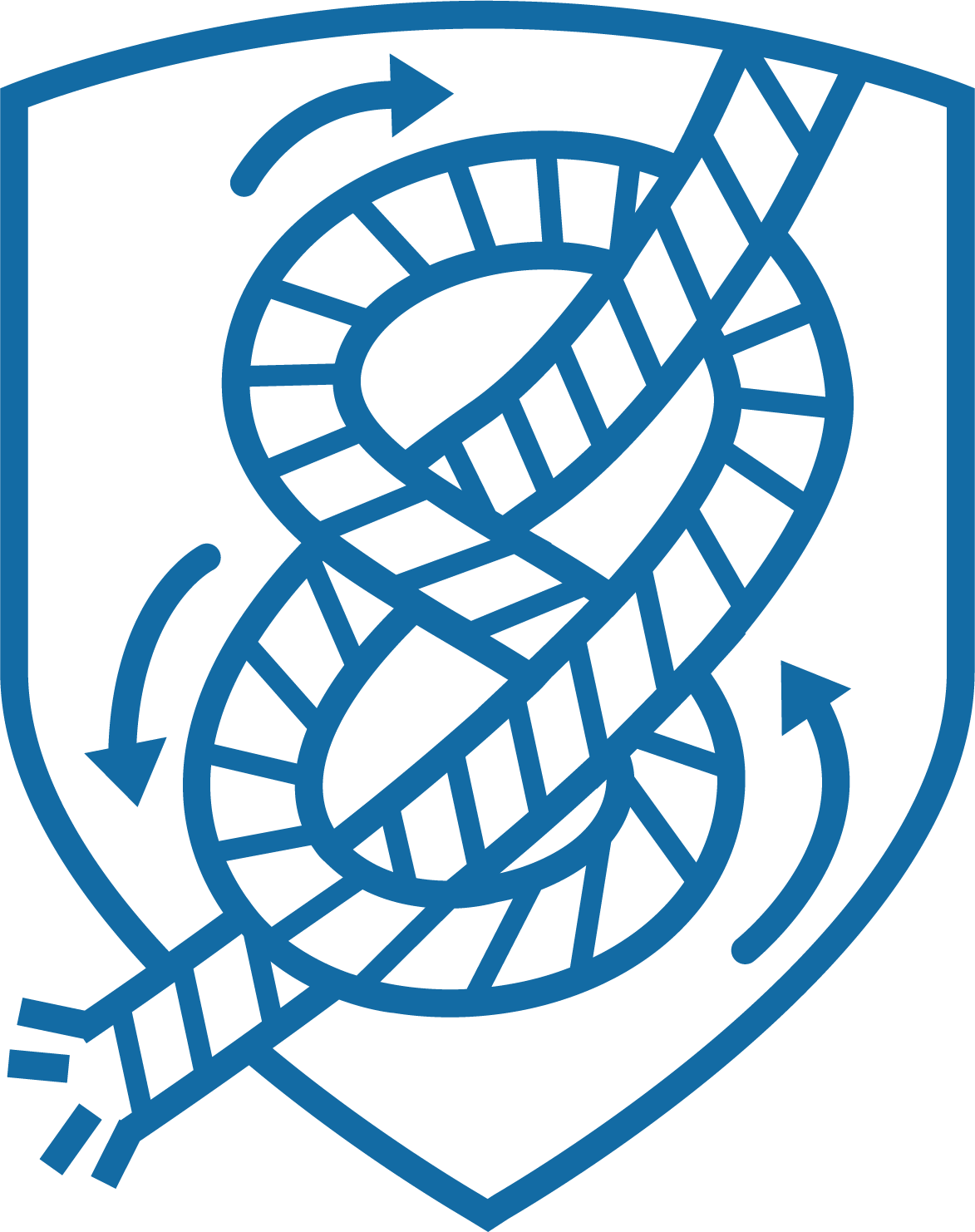New EU Design Rules Adopted

On 1 March 2024 the European Parliament approved the update of the EU law on design protection agreed with the Council on 5 December 2023. The ongoing design legislative reform aims to ensure that design protection is fit for its purpose in the digital age. By modernizing and simplifying procedures, by making designs affordable and by ensuring legal certainty as regards designs, the new legislation seeks to strengthen the EU design ecosystem and encourage use of the EU-wide design protection system. It is also expressly mentioned that the legislative update will boost sustainability.
The current design protection system is more than 20 years old, so it’s high time to start creating a new legal framework to harmonize and align the legislation of the EU Member Countries. The reform package consists of a new regulation for designs at EU level and a new directive which regulates the implementation of design rights in the member states. The Regulation is the legal basis for the newly minted ‘Registered European Union Designs’ (REUDs) and ‘Unregistered European Union Designs’ (UEUDs). According to what we know now, the new design directive will probably not be in force in the EU Member States until 2027.
New EU Design Rules – What will Change?
The new design legislation does not make any dramatically far-reaching changes to the current system but has contributed to a circumspect review of design law within the EU. Some of the most important changes are mentioned below.
New EU Design Rules – New Definitions
The core concepts “design” and “product” have been renewed. ‘Design’ now means “the appearance of a product resulting from its features, in particular the lines, contours, colours, shape, texture, materials as well as its decoration”, but it expressly includes also the movement, transition or animation of these features. This means that design protection will be possible for animation as well as digital and purely virtual designs, such as maps and fonts. Unfortunately, the new legislation does not expressly mention anything about designs created using AI.
The definition of “product” is also new. It means any industrial or handicraft item (other than computer programs), regardless of whether it is a physical or non-physical object. This includes for instance packaging, sets of articles, spatial arrangement of items such as the layout of a shop, as well as graphical symbols, logos, surface patterns and graphical user interfaces. By specifying that products need no longer be embodied in physical objects, the new rules try to align design protection with current technical advances, such as the metaverse or NFTs. Further, it is no longer required, that the protected design need to be visible during its use; the new rules simply say that the object of protection should be shown visibly in the application.
Repair Clause
One of the more significant changes will be the new rules concerning certain limitations on the scope of protection available to spare part. The new repair clause excludes replacement parts for a complex product from design protection when those parts are used to restore a product to its original appearance. It will consequently not be an infringement of a registered European Union design if a third party reproduces protected features of a design for the purpose of repairing a complex product to its original appearance. Replacing damaged vehicle spare parts would for instance not be an infringement, even if the spare part is protected by a Registered EU Design. The exception only applies to cases where a product is being repaired and the replacement part is identical to the original part. This way, consumers will be free to choose the repair product they want to purchase.
Those EU countries which are currently protecting the design of spare parts, will be required to withdraw such protection within an eight-year transition period. The change is intended to liberalize the spare parts market in general and also to have an effect on prices. Without such a repair clause, design right holders can maintain full exclusivity for any given design also in the secondary market for spare parts.
The controversial new repair clause will certainly affect the automobiles industry and especially the post-marketing of car spare parts. The politics behind the change is said to be the wish to promote repairable and more sustainable products. Whether this goal will ever be achieved, or if the whole notion of environmental considerations will be just greenwashing, remains to be seen.
Design Representation
The new set of rules concerning design protection also contain provisions on a new design representation regime. A sufficiently clear representation of the design will be the only representation requirement in order to get a filing date. The reproductions can now be static, dynamic or animated. The change should allow representations to be for instance video files or designs created through 3D printing. Exactly what the definition of sufficient clarity will be, remains a future challenge.
Other Changes
Applicants will also welcome the simplified fee structure and the abolishing of the requirement that multiple designs included in a single application should belong to the same Locarno class. There are also plans for a voluntary new design symbol, which will be the letter D surrounded by a circle (like the © and ® symbols).
Finally, the EU Member States will have to enable administrative design cancellation proceedings. This will be a significant change for those countries where revocation has only been possible before a national court. National trademark cancellation proceedings were put in place similarly almost 10 years ago.
What’s Next?
Both the European Design Regulation and the corresponding Directive will enter into force on the twentieth day following that of their publication in the Official Journal. The regulation will start to apply after 4 months, and the EU Member States will have 36 months to transpose the directive into their national systems.
There are a number of practical issues that still require harmonization. A convergence if practices is required for instance as regards filing date as well as certain formalities, such as types and numbers of views, format and size of electronic files, types of accepted visual disclaimers etc. An alignment of practices is also required for the key aspects of design invalidation.
***
The new rules concerning designs seek to encourage innovation by making EU design legislation fit for the digital age. The legislative changes are as usual a result of compromise, and the actual changes seem rather modest in the end. Even if the EU design reform package is by no means revolutionary, it is still welcomed.
Article picture generated by Dalle.
Latest blog articles

Jonna Sahlin Receives Prestigious International Recognition in Lexology

Meet the Intellectual Property Rights Expert Kirsi Hakkila from the Software Industry

Christian Westerholm Shortlisted for Practitioner of the Year at the Managing IP EMEA Awards 2025

Boco IP Shortlisted for the Managing IP EMEA Awards 2025








